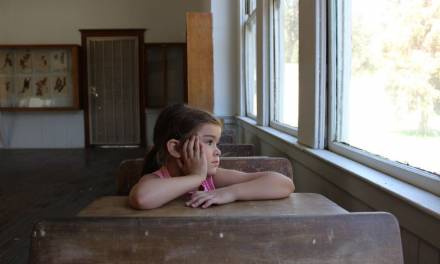Legal highs are an increasing issue in and out of school.
A legal high is a stimulant substance with mood-enhancing properties where the sale and use is legal in the country of use. They often contain a number of chemicals which when combined mimic illegal drugs such as cocaine but in themselves are not banned under the Misuse of Drugs Act 1971.
Whilst much work is taking place to investigate every legal high to make a decision as to whether it is harmful or not, many young adults are experimenting with new ones as they hit the market. Legal highs can’t be sold as being for human consumption, but are packaged as being items such as incense, different kinds of salts or being food for plants.
Many are sold under brand names including ‘Clockwork Orange’ and ‘Mary Jane’ and there are growing numbers of incidences of poisoning, emergency A&E admissions, mental health problems and even death.
Dealing with legal highs as part of school lessons is part of the national curriculum in relation to drugs education and it’s a situation every school must look to plan classes for to try to stem the experimental use as much as possible.
Explaining the risks
Whilst many teenagers will certainly have heard of the different kinds of legal highs, will profess to know exactly what they do and will push aside suggestions of the risks involved due to the fact they are classed as legal or that they know friends who use them and have had no ill effects (and perhaps even their own experiences using legal highs), the only way to really promote the message that legal highs are damaging is though the explanation of the risks involved.
The way it’s tackled is important. The barriers will be in place from those who may already be using them or be part of a social circle where legal highs are part of their accepted behaviour and habits. It won’t be easy to penetrate this wall so the best plan is to find a way of stopping them in their tracks so they listen.
The best way to tackle the topic is to invite in a guest speaker. Steer away from a person deemed as being in authority such as a drugs counsellor but instead find someone who was previously a user and invite them to talk to the class about their experiences over time and how their lives declined.
With the first-hand knowledge ringing in the ears of the class, let the pupils now carry out research into the risks and other anecdotes from former uses through online tools such as blogs and discussion groups. These can be shared with the class and also the guest speaker who will be able to identify with much of the findings and add more reality to the online messages of risk.
When should education regarding legal highs begin?
With the Year 6 curriculum now stating that lessons must ‘recognise the impact of diet, exercise and drugs and lifestyle on the way their bodies function’, there are now growing calls for pupils as young as 10 to be taught the dangers of legal highs. Some feel it’s too young and should be a subject for Year 7 onwards, others are welcoming the initiative.
Large cities are particularly supportive of moves towards addressing the issue due to the higher incidence of use. The general feeling is that children should be taught as much about them as possible and at an age where there could be a huge difference made between being offered something to try and for the pupil to experiment through curiosity or to refuse. Being taught early on means they will have the information they need to make this decision based on classroom activities taught in their last year at primary school.
With drugs education not being a mandatory part of the primary curriculum, Head Teachers have the discretion over whether it is included in some way. With some education professionals wanting the different kind of illegal drugs being outlined to those in Year 5 in a bid to stop pupils trying them when they are teenagers – the common time to be offered any kind of legal high or illegal drug, it’s certainly a time for those managing a primary school as well as at secondary level to be thinking long and hard about the best way forward.









